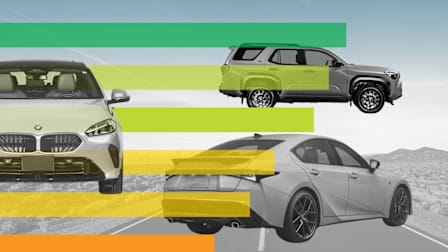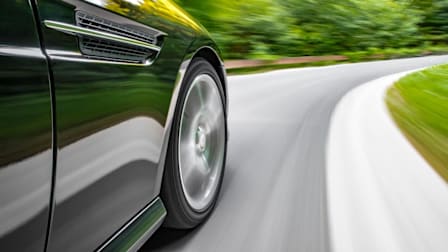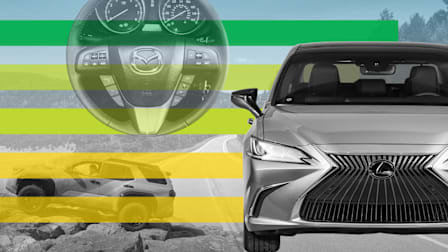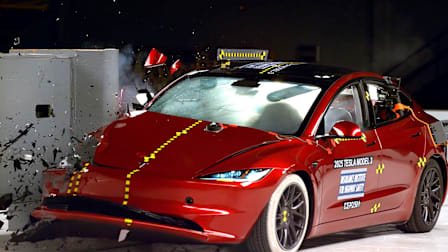Chinese-Made Cars Are Already Here. We’ve Even Tested a Few.
Cars made in China are already on sale in the U.S. You might be driving one.
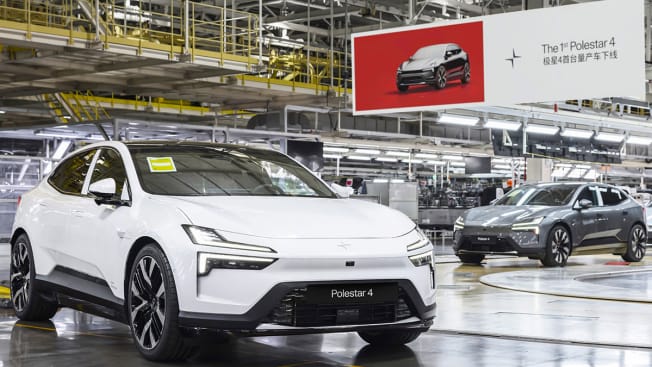
On a recent trip to Europe, I noticed something interesting about the car ads: Many of them were for Chinese brands like BYD, DFSK, MG, Lynk & Co., Jaecoo, and Omoda. When I called a taxi, the driver pulled up in a BYD Seal, an electric vehicle with a 300-plus mile range, Tesla-like looks, and a price of around $47,000. I peppered the driver with questions: How does it drive? Why did he choose it instead of another brand? How long does it take to charge? He was happy to tell me about his experiences, and he was shocked to learn we couldn’t purchase one in the U.S.
Like me, most Americans have encountered cars from Chinese brands only on TikTok or while on vacation in another country. Although no Chinese companies currently sell vehicles in the U.S., you might be surprised to learn that some American and European brands have been selling Chinese-built vehicles for nearly a decade.
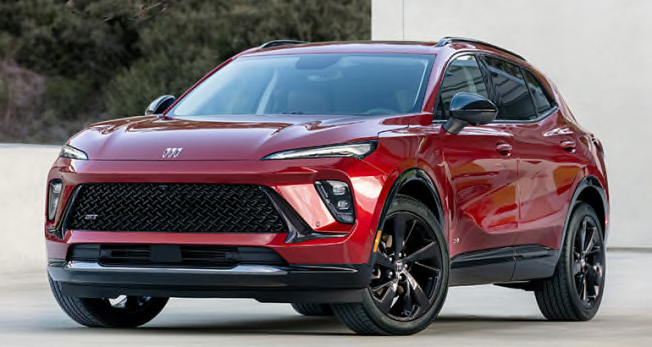
Photo: Buick Photo: Buick
Trade policy aside, when China began exporting vehicles to Europe in the early 2010s, Chinese automakers made headlines for disastrous crash tests. Those results might make buyers wary, but enough has changed since then to make Chinese vehicles a potentially reasonable proposition for buyers in the U.S.
Chinese-made EVs like the BYD Atto 3 (below), MG4, and XPeng G9 are selling globally, thanks to cutting-edge technology and low prices. Especially in Europe, electric vehicles from Chinese brands are selling in larger and larger numbers.
BYD, a Shenzhen-based automaker, is building a factory in Mexico, where its stylish Dolphin electric hatchback with a range of about 250 miles sells for the equivalent of $23,600. The small BYD Seagull EV sells for about $11,000 in China and is becoming popular in other markets as well.
Regardless of brand, where a car is made is rarely a shortcut for assessing its quality. “When it comes to performance and reliability, where a car is built really matters less than how it’s designed and manufactured,” says Jake Fisher, senior director of Consumer Reports’ Auto Test Center. “Our reliability data has shown this to be true for years.”
For example, our testing and reliability data show that the Chinese-built Buick Envision is one of the better small SUVs in its class. The Polestar 2 electric vehicle was also made in China but sat at the bottom of our ratings. Similarly, many Honda and Toyota models built in the U.S. have excellent reliability, while some U.S.-built Mercedes-Benz and Volkswagen models have below-average reliability.
“Some automakers are simply better at setting up new plants and incorporating production methods that eliminate potential problems,” Fisher says. He adds that Toyota is well-known for processes that prevent mistakes on the assembly line, while other brands leave more up to the skills and experience of the workers.
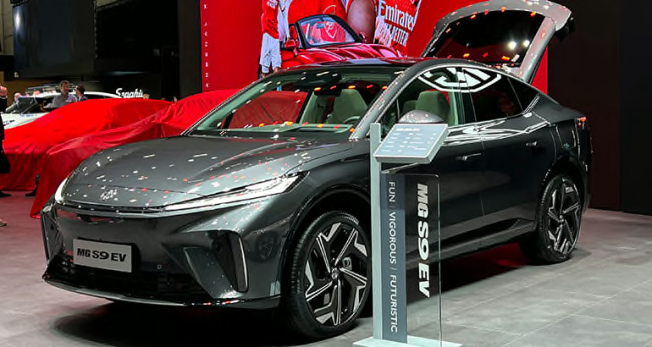
Photo: Keith Barry/Consumer Reports Photo: Keith Barry/Consumer Reports
At this point, CR hasn’t observed a difference between the Chinese-made vehicles already sold in the U.S. and vehicles from the same brands manufactured in Europe, Japan, or North America, says Alex Knizek, associate director for auto test development at CR.
“From a build-quality perspective, I’ve never noticed anything abnormal or different based on where a vehicle is assembled,” he says. “I wouldn’t be able to tell you without looking it up or checking the sticker.”
If cars from Chinese brands are ever sold here, they would have to meet U.S. safety standards, just as Chinese cars sold in Europe must meet stringent European crash test standards. Knizek says it’s likely that automakers would adapt their vehicles to fit the preferences of American consumers as well.
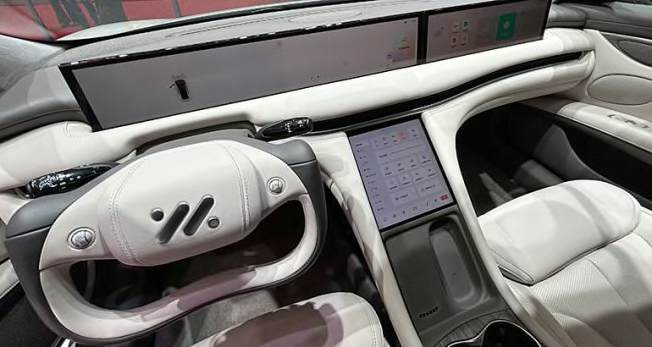
Photo: Keith Barry/Consumer Reports Photo: Keith Barry/Consumer Reports
While a car’s provenance doesn’t predict its quality, CR experts say there’s often a correlation between an automaker’s experience and the reliability of the cars it produces. We’ve found that newer manufacturers—including Fisker, Lucid, Rivian, and Tesla—tend to struggle with building reliable cars. “Our data has shown time and time again that car manufacturers that are new to building cars have had many problems,” Fisher says. “Some Chinese automakers have long histories working with established brands such as Volkswagen, Nissan, Toyota, and GM. That may give them an advantage. But a new brand building in a new plant is not likely to be a recipe for success.”
“Current import restrictions mean that if we do see Chinese brands, they may be built in Mexico to help avoid tariffs,” Fisher says. “But only time will tell if the Chinese production methods will translate well in those new plants.”
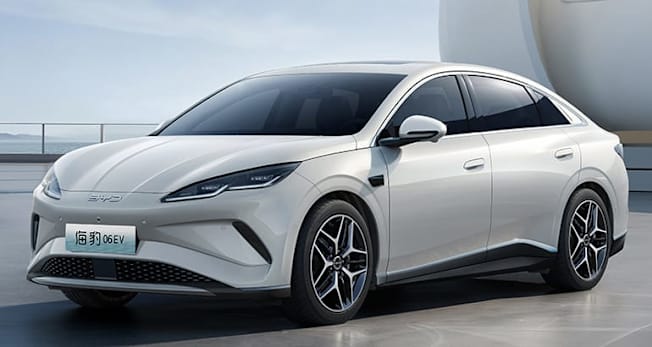
Photo: BYD Photo: BYD
Which New Cars Are Made in China Today?
Many major automakers have factories in China, but the cars they build there are rarely sold in the U.S. These are the few that are sold domestically.
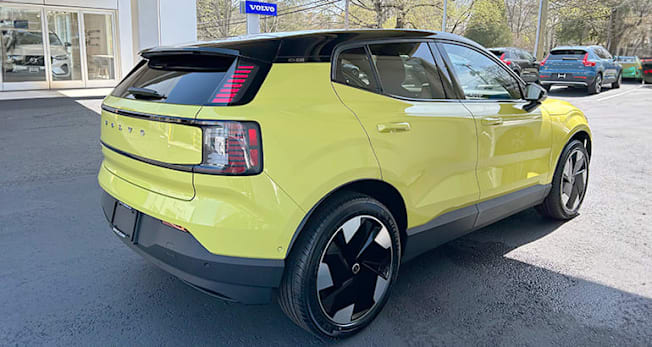
Photo: BYD Photo: BYD
How Can You Find Out Where a Car Was Made?
The easiest way is to check the doorjamb on the driver’s side, where the manufacturer will state in plain English where a vehicle’s final assembly took place.
If you’re shopping for a new vehicle, the top right of the window sticker found on every new car shows where the car was built. It may also show what percentage of the vehicle has U.S. and Canadian parts, the source of a majority of foreign parts, and the country of origin for the engine and transmission.
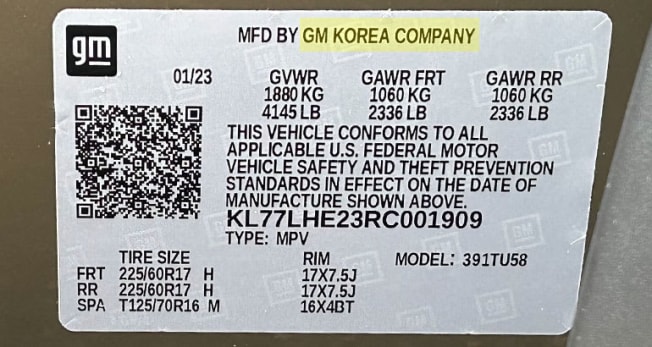
Photo: Keith Barry/Consumer Reports Photo: Keith Barry/Consumer Reports
You can also look at the first two characters of the 17-character vehicle identification number (VIN), found where the windshield meets the dash in front of the driver. It’s also printed on the car’s title document and registration. Most dealer websites and online car marketplaces list a VIN as well. The first two characters of the VIN are called a World Manufacturer Identifier and show where final assembly took place.
These are World Manufacturer Identifiers for countries where U.S.-bound vehicles are commonly exported from:
1, 4, 5, 7F through 7Z, and 70: U.S.
2: Canada
3: Mexico
9A through 9E and 93 through 99: Brazil
AA through AH: South Africa
J: Japan
KL through KR: South Korea
L: China
MA through ME and MY through M0: India
ML through MR: Thailand
SA through SM: United Kingdom
TJ through TP: Czech Republic
TR through TV: Hungary
U5 through U7: Slovakia
VA through VE: Austria
VF through VR: France
VS through VW: Spain
W: Germany
YA through YE: Belgium
YS through YW: Sweden
YF through YK: Finland
XL through XR: The Netherlands
ZA through ZU: Italy
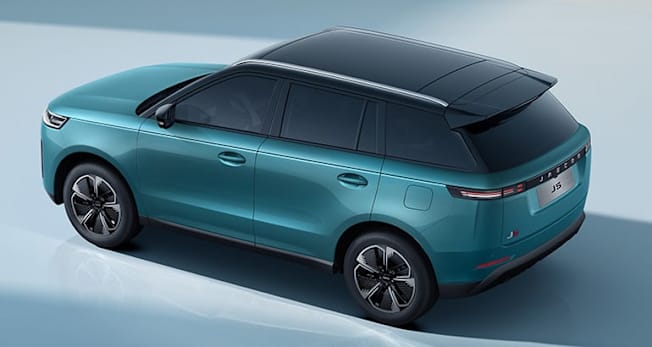
Photo: JAECOO Photo: JAECOO

















